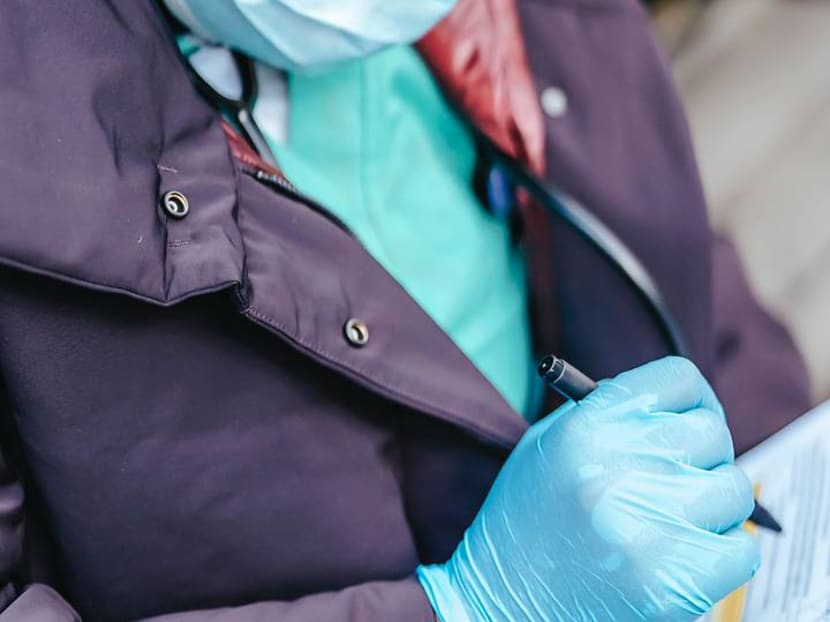People in the UK have a hard time naming parts of the female genital anatomy: Study
The survey included 172 women and 20 men – and some think the urethra and vagina are the same thing.

Published by International Urogynecology Journal, the study was a questionnaire-based pilot study at a teaching hospital in the UK. (Photo: Pexels)
A study in the UK has shed light on public understanding of the female genital anatomy. Findings from the survey show that women might not be getting sufficient information to make healthy informed decisions for themselves.
One hundred and seventy-one women and 20 men attending general outpatient and urogynaecology clinics at a tertiary UK hospital were asked two questions in anonymous questionnaires.
Participants were asked to label a diagram of the area by filling in the blanks. They were also asked a more straightforward question: “How many holes does a woman have in her private parts?”
The result? Only 46 per cent managed to successfully identify the three “holes” women have in the external genitalia. Of which, the most commonly mentioned was the vagina, followed by anus and then urethra.
Close to half of participants chose not to label the diagram and for those who attempted, only 9 per cent were able to identify all seven parts, which included the urethra and clitoris.
Survey co-author and consultant urogynaecologist Fiona Reid told UK newspaper The Guardian in a report on May 30 that there are women who seem to think that the urethra and the vagina are the same thing.
Despite accepting the use of layman language such as “peehole” for urethra and “bumhole” for anus, Reid said “we do see women who don’t understand that there is the urethra, the vagina and the anus”.
There was also uncertainty between the urethra and clitoris. The other common misconception was identifying the cervix as one of the “holes”.
The study was published in the International Urogynecology Journal.
IMPORTANCE OF BASIC KNOWLEDGE OF FEMALE GENITAL ANATOMY FOR WOMEN'S HEALTH
On top of anatomy assessment, women-related medical conditions like fibroids and prolapse were studied.
The authors found that compared to medical conditions like diabetes or stroke, fewer people had an understanding of female-specific medical conditions.
Only 23 per cent knew what a fibroid is, and more than half believed women who have had a total hysterectomy pre-menopause can still continue to have periods.
As a result, poor understanding of the female genital anatomy might have serious consequences for those looking to make an informed decision related to their health.
Stephanie Shoop-Worrall, an epidemiologist at the University of Manchester, who was also involved in the research, said in the Guardian article: “If people are coming in for their hospital appointment and not understanding basic anatomy, or what’s even wrong with them, how can they properly consent to treatment?”
Ladies, it's time to bust out that biology textbook from school and get educated.





